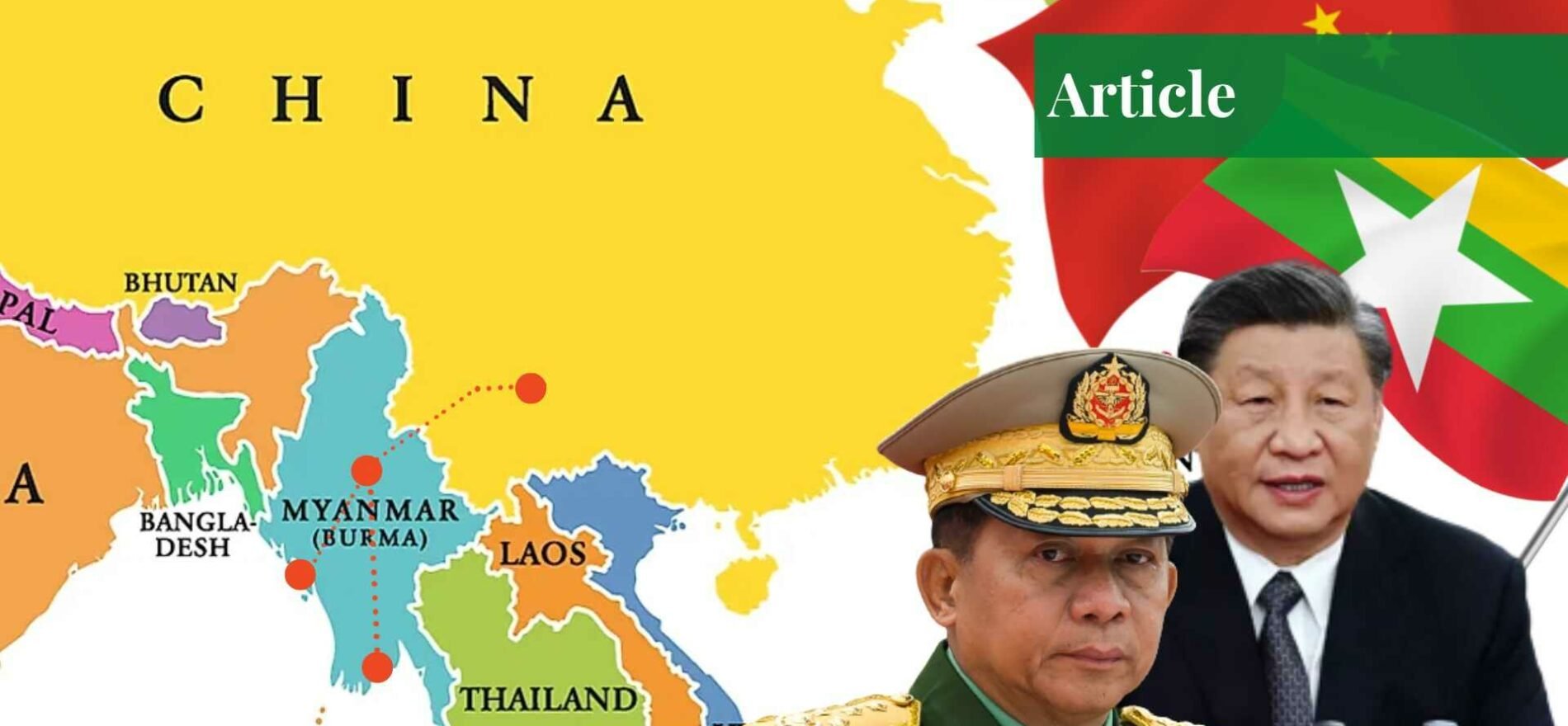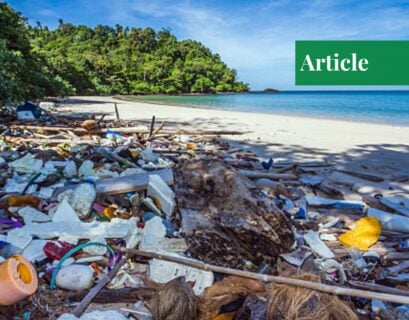Mr Waleed Ahmad is pursuing his MPhil in international relations from National Defense University Islamabad.
The China-Myanmar Economic Corridor (CMEC) was first suggested as a stand-alone economic corridor in 2014, initially a component of the Bangladesh-China-India-Myanmar Economic Corridor (BCMIEC). In 2017, due to escalating Sino-India tensions, India refused to participate in BCMIEC.
Under CMEC strategic infrastructure developments, roads, trains, and ports are located along the 1,700-kilometer inverted Y-shaped corridor that links Myanmar’s vital commercial hubs with China’s Yunnan region. The project involves hard and soft connections, including human resource development, collaborative research, interpersonal interaction, and physical connectivity such as infrastructure, manufacturing, agriculture, transit, telecommunications, and other technologies.
CMEC aims to provide consistent supply chains of essential resources like food, fertilizers, and constant energy to Myanmar. With CMEC, China has become Myanmar’s largest trading partner, with bilateral trade reaching around $2.16 billion between April 2022 and January 2023.

Chinese companies are implementing resource-sharing links, including power projects, specifically hydropower plants in the region. In October 2022, the Kyaukphyu Special Economic Zone (SEZ) inaugurated a 135-MW power plant worth $180 million. Notably, China has been using a 770-kilometre oil pipeline that runs from Yunnan in China to Rakhine in Myanmar since February 2023. The pipeline is built at the Ramree Island-based Kyaukphyu deep-sea port. This pipeline plays a vital role in enabling the delivery of Russian oil to China.
A connection to Yangon, Myanmar’s present economic center, the development of distinctive commercial zones along the China-Myanmar border, and cooperation in areas like scientific and educational exchange are all included in CMEC proposals. The implementation of CMEC would considerably improve China’s overall geopolitical standing in the Southeast Asian region. The CMEC has had a significant impact on the Rohingya crisis, Myanmar’s relations with neighboring countries, and overall, regional stability.
The Rohingya, a minority Muslim ethnic group, primarily found in the Rakhine state, have faced discriminatory laws since the 1970s. The UN referred to the military campaign against Rohingya as “a textbook example of ethnic cleansing.” In 2017, Myanmar’s military campaign led hundreds of thousands to escape into Bangladesh, escalating the issue. The Rohingya crisis has hampered collaboration between Myanmar and Bangladesh, as well as created a persistent state of insecurity in the Bay of Bengal area and the Rakhine state. China is actively involved in trilateral meetings and discussions to resolve the Rohingya crisis, with China’s role being considered significant.
The Kyaukphyu project in Rakhine state is essential for CMEC’s success and China’s economic interests in Myanmar. Infrastructure initiatives in the region can significantly impact economic development, benefiting both the Rohingyas and Rakhines. Rakhine strategically influences China’s military objectives and Indian Ocean influence. A stable Rakhine state would boost tourism, alleviate unemployment, and promote peace.
China has supported the civilian administration of Myanmar on the international level and at the UN Security Council during the international outcry over Myanmar’s genocidal assault against the Rohingya. In a failed attempt to arbitrate the migration issue between Myanmar and Bangladesh, China put up a procedure to resolve the dispute. Myanmar has strained relations with Western nations and numerous states in Southeast Asia because of the Rohingya crisis which has led to an increased reliance on China for diplomatic and economic support.
According to a statement from the Chinese Foreign Ministry, Minister Qin Gang told the head of the junta in Myanmar, “China supports Myanmar improving its relations with Bangladesh, with related issues to be resolved through consultation, adding that China is willing to work with the two countries to expand China- Myanmar-Bangladesh pragmatic cooperation.”
China has spent US$113 million in Myanmar since the military takeover. The repatriation of Rohingya refugees from Bangladesh may also ease international pressure on Myanmar’s military government. China partially allays its worries about its strong dependence on the constrained Malacca Straits by transferring oil and gas via pipelines across Myanmar to the province of Yunnan.
To escape the effects of a trade war, China can move manufacturing from its coastal regions to its southwestern areas if CMEC is successful. It will also be a part of the bid to avoid the middle-income trap in southwestern provinces. Recently, Bangladesh has also expressed a tilt towards the US Indo-Pacific Strategy, especially during the visit of Secretary of State Anthony Blinken. As a result, China seeks to build confidence and trust with Bangladesh to counter the influence of the US.
India, on the other hand, has been wary of China’s growing influence in Myanmar and the region and has been working to counterbalance China’s influence through its own initiatives such as the India-Myanmar-Thailand Trilateral Highway and the Kaladan Multi-Modal Transit Transport Project.
Just like CMEC, CPEC is another project under BRI that faces almost the same challenges. CPEC passes through Pakistan’s Gilgit-Baltistan region to Balochistan. Both CMEC and CPEC are at the coastal belt close to the Indian Ocean and both face instability in the regions (routes) along the corridors due to militant insurgencies. The security threat of terrorism persists, despite the economic benefits that CMEC and CPEC offer.
If you want to submit your articles, research papers, and book reviews, please check the Submissions page.
The views and opinions expressed in this article/paper are the author’s own and do not necessarily reflect the editorial position of Paradigm Shift.



















